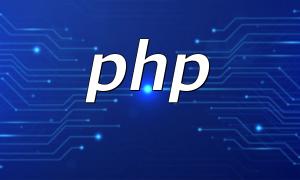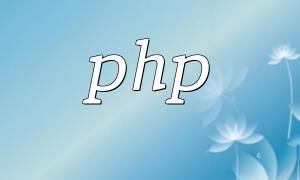In PHP, variables can store different types of data. Understanding these fundamental data types is essential for learning PHP programming. Each type serves a specific purpose in handling various data scenarios.
Integers are used to store whole numbers without decimals, including positive, negative, and zero values.
$num = 10;
$negative = -5;
$zero = 0;Integers are suitable for counting, looping, or any scenario requiring whole numbers.
Floats, also known as doubles, are used to store numbers with decimal points.
$pi = 3.14;
$temperature = -1.23;
$zeroPoint = 0.0;Floating-point numbers are commonly used in calculations that require precision or fractional values.
Strings are used to store text and can contain letters, numbers, symbols, or spaces.
$text = "Hello World";
$numberString = "123";
$empty = "";Strings are widely used for output, user input, and text manipulation.
Arrays store a collection of data items, where each element can be of any type.
<span class="fun">$fruits = ["apple", "banana", "cherry"];</span>
Arrays are commonly used to handle lists, configurations, and grouped data.
Booleans have only two possible values: true or false, and they are mainly used for logical conditions.
$isValid = true;
$isComplete = false;Booleans play an essential role in control structures and decision-making logic.
Objects are instances of classes that can store complex data structures with properties and methods.
class Person {
public $name;
function sayHello() {
echo "Hello, I'm " . $this->name;
}
}
$user = new Person();
$user->name = "Tom";
$user->sayHello();Objects are key elements in object-oriented programming (OOP), providing better code organization and encapsulation.
Resources represent references to external data sources, such as database connections or file handles.
<span class="fun">$file = fopen("example.txt", "r");</span>Resource types are used in file operations, database access, and network communications.
NULL represents a variable with no value or an unassigned variable.
<span class="fun">$value = null;</span>
NULL is used when a variable needs to be reset or temporarily hold no data.
PHP offers multiple basic data types to handle different forms of data. Choosing the right type improves code readability and performance. Mastering these data types is a fundamental step in becoming proficient in PHP programming.









